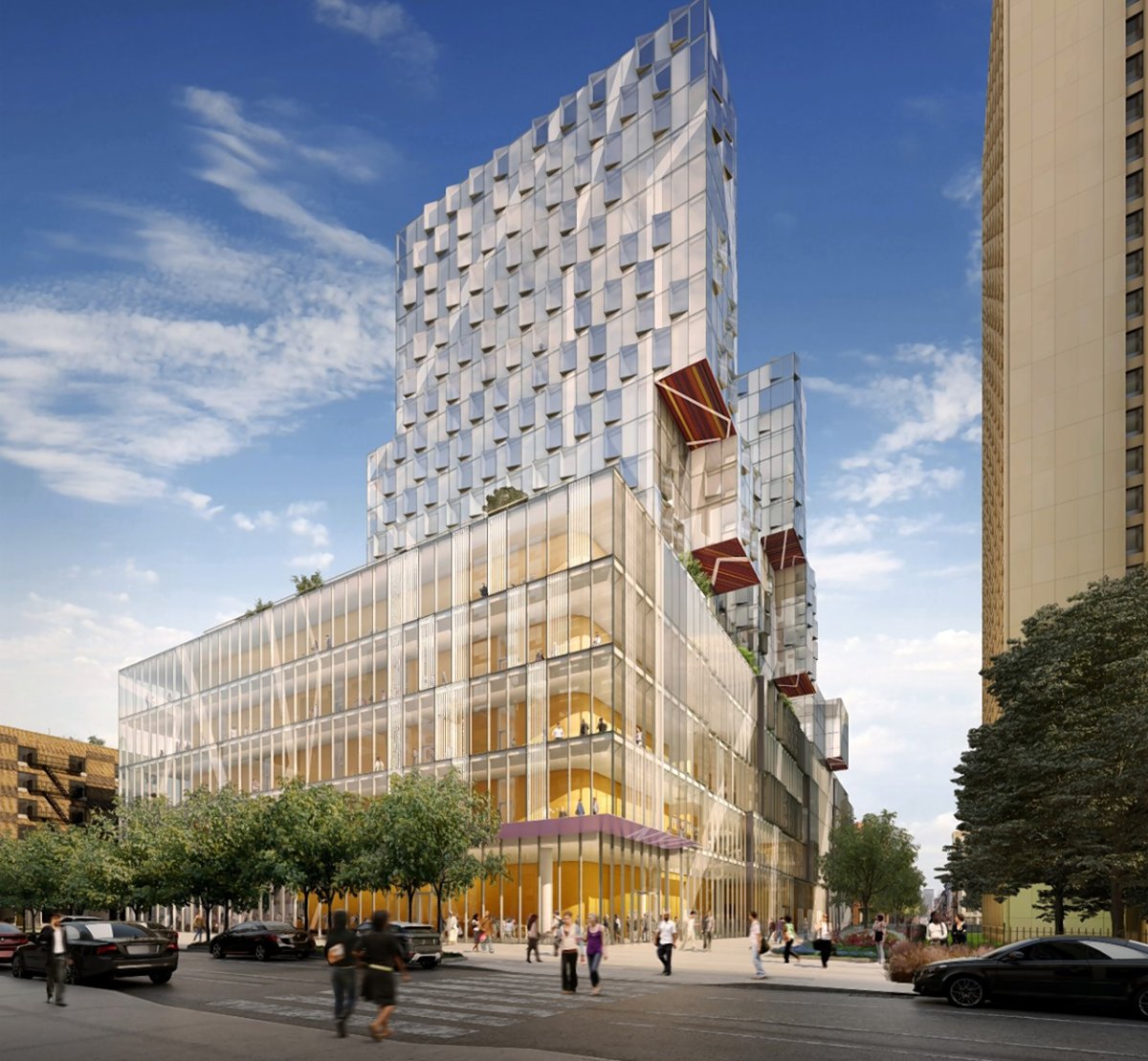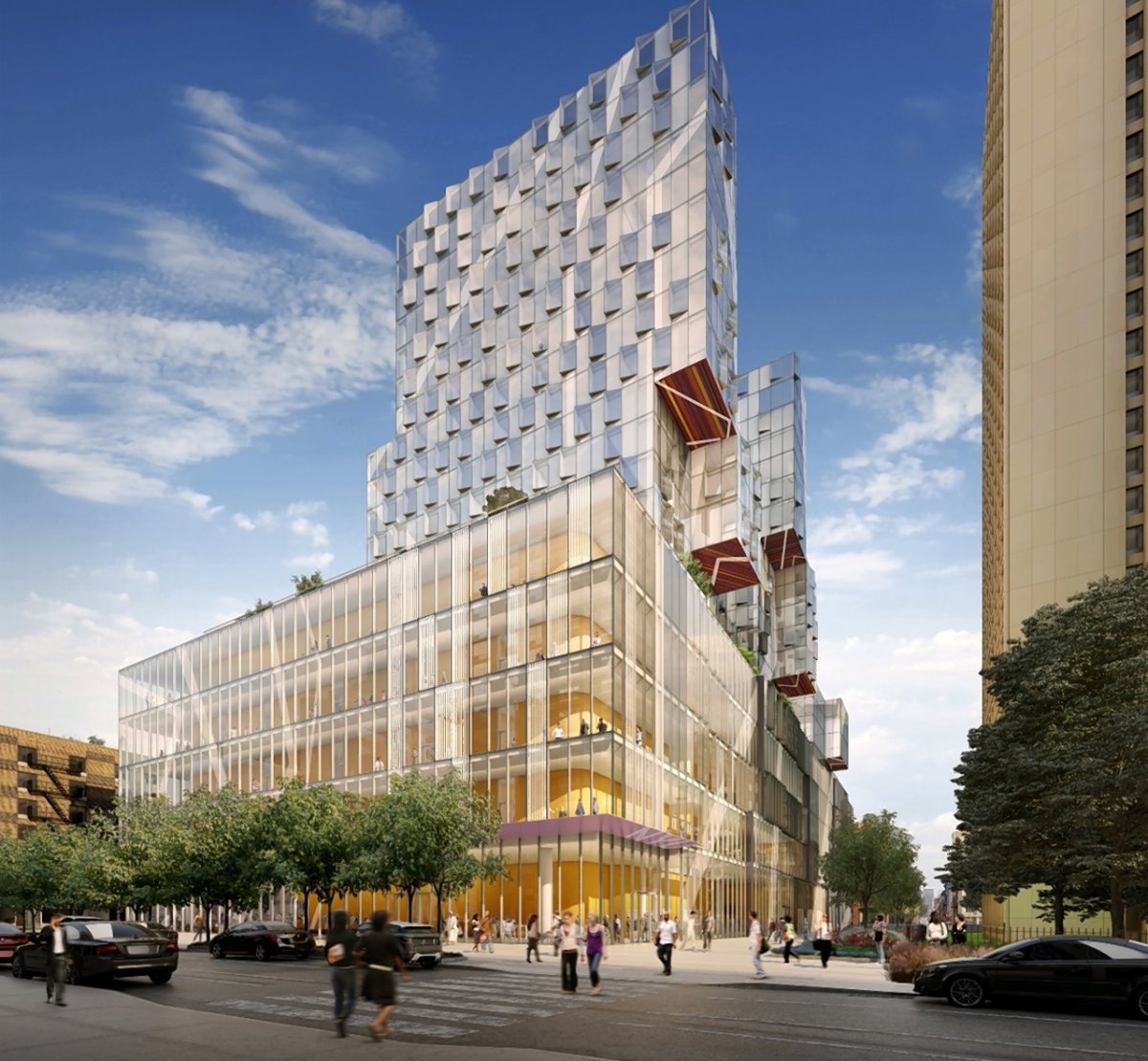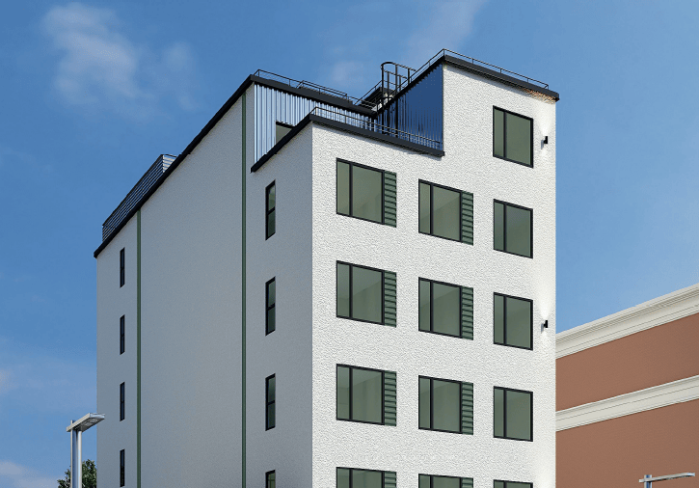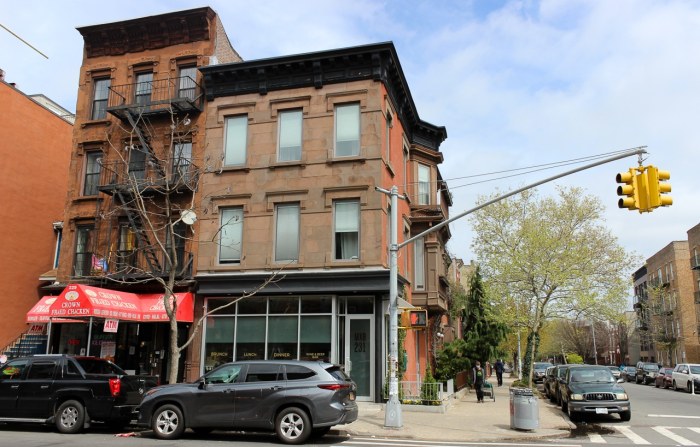BY ERIC KOBER | If New York City is to mitigate its housing shortage, local land-use regulation needs to take advantage of the early 20th-century investment in subway transit, by allowing new housing at high densities in transit-rich areas.
Simultaneously, the city needs to support the expansion of its higher-education institutions to ensure that its future labor force is equipped with the skills and education required to maintain the city’s position at the center of one of the nation’s most productive metropolitan areas.

The Noho neighborhood in Manhattan is a striking example of a failure to update land-use policy in furtherance of these priorities. The location is one of the best for transit in Manhattan, with four subway lines (B, D, F and M) serving the Broadway-Lafayette station on Houston St., another subway line (the 6) serving the connected Bleecker St. station and the Astor Place station on Lafayette St., and the R and W serving the Eighth St. station on Broadway.
The neighborhood bustles with pedestrians heading to or from home, school or work.
Noho is a primarily residential neighborhood but not a dense one.
A second interesting aspect of Noho is that New York University largely stays west of Broadway. This major university has a limited presence in Noho, though it would seem to be an ideal area for the university to expand while limiting conflicts with the dense residential neighborhoods of Greenwich Village and the East Village / Lower East Side.
The area’s peculiar zoning, combined with historic district controls, effectively keeps out many of the land uses that would, on economic rationales alone, wish to locate there, and creates incentives for other uses.
On the whole, the zoning keeps Noho underdeveloped relative to the theoretical zoning it has, and the transit infrastructure that makes it so accessible. More sensible zoning would lead to investments that would benefit both the neighborhood and the city as a whole.
Noho contains several individual city landmarks and is almost entirely within three historic districts. Noho’s architectural heritage is an important asset to the neighborhood and for the city as a whole. But this heritage need not be an impediment to the redevelopment of sites that do not contribute to the neighborhood’s historic character.
Kober is a retired New York City planner and currently a visiting scholar at New York University’s Wagner School of Public Service. He was a senior research scholar at the Wagner School’s Rudin Center for Transportation Policy and Management from January through August 2018. From 1986 to 2017, he was director of housing, economic and infrastructure planning at the New York City Department of City Planning. The above piece is a report Kober wrote last year that has been posted on the Rudin Center’s Web site.


















